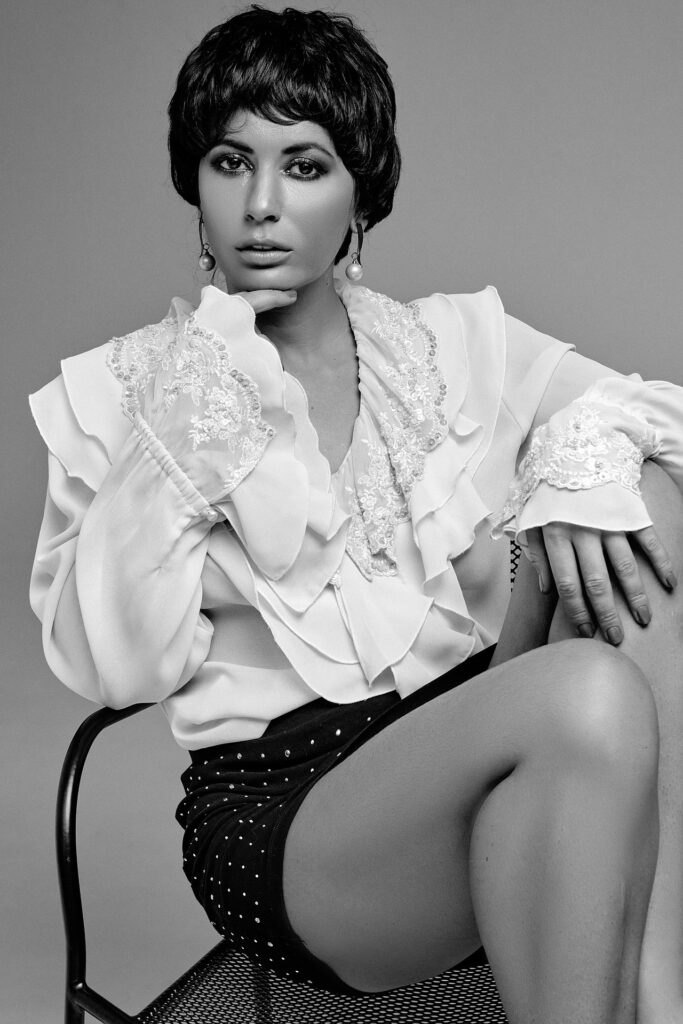
Exceptional investigative journalism undertaken by undercover journalists associated with the Financial Times has sparked significant controversy surrounding the President’s Club. Disturbing reports emerged from their annual gala dinner, which allegedly involved appalling mistreatment of hostesses. These individuals were compensated inadequately for their services, subject to distressingly oppressive conditions, and expected to cater to the desires of affluent and influential men. As a result of the swift and intense public response to these revelations, the club has been compelled to shut down.
This incident is merely one among many scandals involving men in positions of authority misusing their power to perpetrate abuse, harassment, and manipulation against women. The powerful backlash triggered by the exposure of the Presidents Club’s actions and the continued momentum of the #MeToo movement indicates that we may be experiencing a long-overdue societal transformation concerning sexual politics and interactions, particularly concerning the exploitation of power over women by men.

This passage discusses a recurring theme of powerful men abusing their positions to mistreat women and highlights the ongoing societal shift toward addressing sexual politics. It also touches on the outdated argument that blames the victims based on their attire. The following is a revised version of the paragraph:
“This represents just the latest instance in a series of controversies involving individuals in positions of influence, exploiting their power to mistreat and manipulate women. The strong reaction to the revelations surrounding the President’s Club and the ongoing #MeToo movement indicates that we might finally be witnessing a much-needed societal transformation concerning sexual dynamics and relationships, particularly in the context of men misusing their authority over women.
Recurring and Misguided Argument

More qualified individuals can and will delve into the intricate political and social implications of these events. However, it is essential to address one recurring and misguided argument: the notion that assaulted women bear responsibility based on their choice of clothing. This argument, often employed by disgruntled individuals and contrarians seeking attention, has also been brought up in connection with the Presidents Club story, even though the hostesses were following strict employer guidelines regarding their attire.”
It is a familiar notion, often satirized, yet it endures. However, can it withstand scientific examination? The premise revolves around the belief that a woman’s attire can trigger overwhelming sexual arousal in a man, pushing him beyond the bounds of self-control. The argument suggests that since the woman made a conscious choice in her appearance, while the man had no say in his arousal, the responsibility lies with her.
Legally, this argument does not hold water. Regardless of a woman’s attire, she maintains her autonomy; even if she desires sexual activity, it remains her decision with whom she engages in such activities. Consent remains a crucial aspect, despite any potential confusion that some may claim.
Law Vs Biology
Stating that law and human biology often do not align, we find an intriguing example in the UK where one can engage in sexual activity at the age of 16, yet is restricted to watching such content until turning 18. This paradoxical situation may seem puzzling, but it exists nonetheless. Moving on, one might wonder if a typical man can be so stimulated by the sight of a woman that his self-control is overpowered. Answering this question requires delving into the intricacies of the brain during arousal.
While a comprehensive understanding is still elusive, current evidence points towards arousal, or “desire” more precisely, involving multiple cognitive factors beyond mere physical attributes. When we encounter something, our prefrontal cortex assesses it, in conjunction with the underlying emotional and reward systems, to determine if it carries sexual implications. Moreover, this evaluation extends to gauging the level of sexual significance, such as finding some individuals attractive while others do not as much. If deemed sufficiently sexual, our attention becomes fixated, and emotional and motivational processes are set in motion through the involvement of our amygdala and anterior cingulate cortex, respectively. The complexities of this neurobiological mechanism are astounding, and it exerts potent effects throughout various crucial regions of our brains.

Men are more visually stimulated than Women
One can find support for the idea that men may be more susceptible to visual arousal compared to women, backed by evidence suggesting a difference in the nature of male and female arousal. Traditional stereotypes about men having less intricate sexual desires than women, such as their preference for pornography compared to women’s inclination towards erotica, seem to have some factual grounding. Some argue that this discrepancy could be attributed to evolutionary factors, where males are biologically driven to seek opportunities for procreation with available and desirable partners, while females, being primarily responsible for child-rearing, look for more multifaceted qualities in a mate beyond mere physical appearance. However, this explanation relies on the assumption that only one gender evolved to be monogamous, which is doubtful. It is possible that the entire concept is an outcome of reverse engineering from contemporary stereotypes, but ultimately, it remains speculative.
There are several plausible factors contributing to gender asymmetry in sexual arousal. One potential explanation lies in the differing sex-hormone composition between genders. Another possibility is that our sexual desires and the neural networks supporting them develop in conjunction with the overall brain development, thereby being influenced by societal influences. Notably, the prevalent sexualized portrayal of females in various media has become so commonplace that it almost functions like a form of punctuation. It could be argued that the heightened visual aspect of sexual arousal experienced by men stems from the ubiquity of sexualized images catering to their desires, while women have historically required more creativity, leading to corresponding differences in brain development.
While sexual arousal can be a potent force, the brain employs various mechanisms to counter it. For instance, the orbitofrontal cortex plays a role in regulating and suppressing sexual behavior. It serves as the discerning voice that cautions against impulsive actions when faced with arousing opportunities, especially of a sexual nature, that might lead to unfavorable long-term consequences.
As earlier mentioned, the amygdala also contributes to assessing the appropriateness of arousal within a given context. For instance, encountering a beautiful naked person in one’s bedroom may evoke arousal, but the same situation in a supermarket with a person holding a large knife demands a completely different response. The amygdala is believed to be responsible for such evaluations.
However, there are situations where these restraining systems can be compromised. Alcohol, for example, can hinder the higher, more complex brain areas like the orbitofrontal cortex while leaving the primitive urges governing arousal unaffected. Additionally, the amygdala can only work with the information available, leading to potential misjudgments in ambiguous or uncertain circumstances.
Nonetheless, this doesn’t justify the actions of men who sexually harass or assault women based on their clothing choices. Even if a woman wears an alluring outfit, it is the man’s responsibility to refrain from groping her without consent. If the man is too intoxicated to control his actions, it was his decision to become intoxicated in the first place. Excuses like “I couldn’t help myself” hold no validity, just as they do not excuse drunk driving or any other form of misconduct.
Moreover, the acceptability of sexual acts seems to depend on the social context, which may point to those who create and encourage scenarios where women can be mistreated without consequences, regardless of the location or company. For example, situations like a gala dinner attended by wealthy and powerful men, accustomed to getting what they want, while young and vulnerable women are silenced and unable to voice their concerns.
Sexual assault’s complexity makes it unreasonable to solely blame women victims and their choice of attire. Blaming the victims, who are often the most vulnerable in any situation, is sadly a prevalent human response that avoids addressing more profound issues and challenging the prevailing norms. Those who resort to victim-blaming may find themselves defending others who are seemingly guilty of the same, perpetuating a troubling cycle.
Disclaimer: This piece draws its inspiration from a source similar to TheGuradian and has been entirely reimagined using a creative approach, aimed at engaging readers through a wealth of informative and descriptive content.